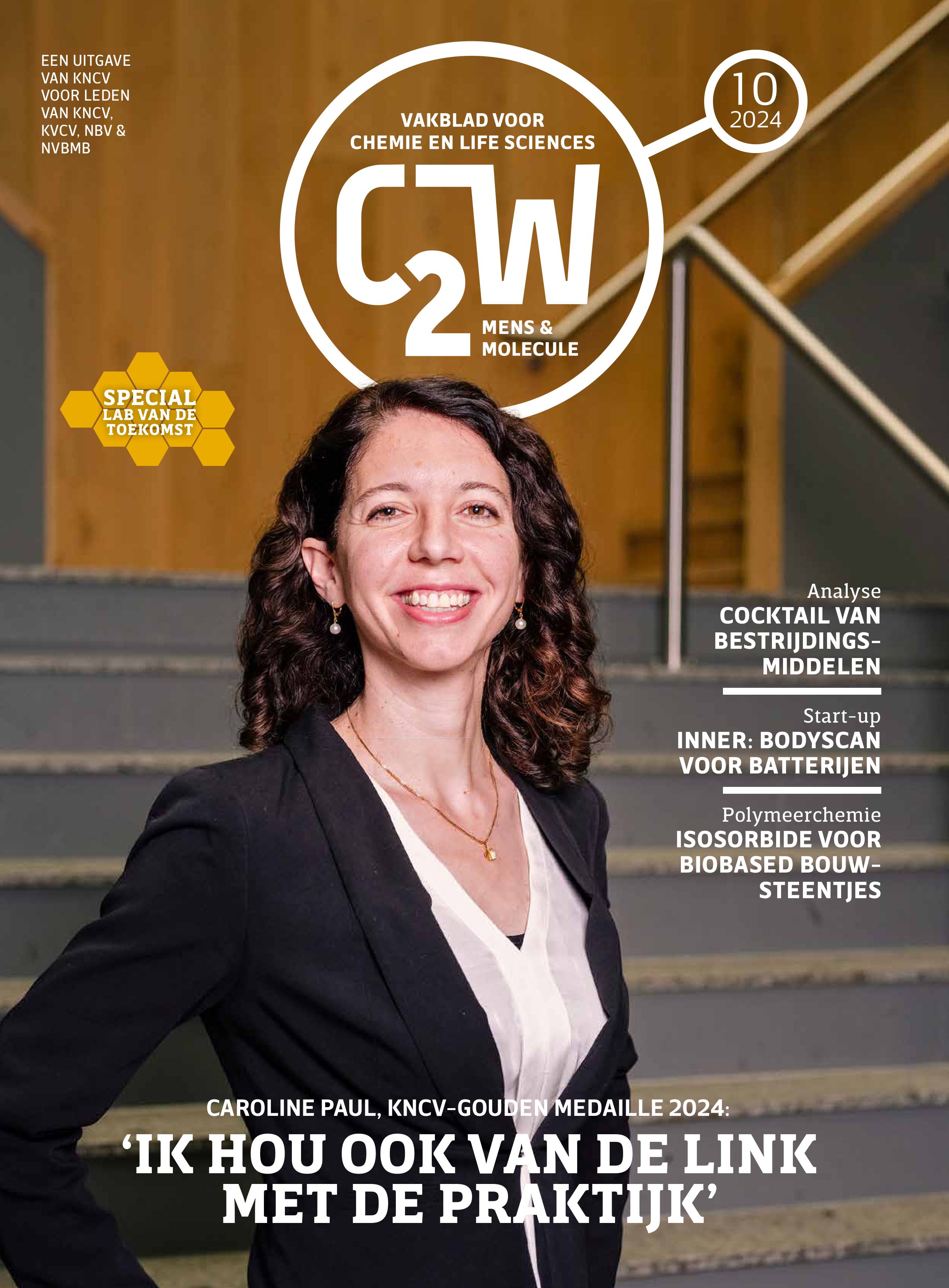Would you like to add an event to this list? Simply register your event using this form.
Cell disruption assisted lipid extraction from the microalga Nannochloropsis for food applications

Category
Ph D Defense
Date
2024-08-20 17:00
Venue
KU Leuven, Campus Kortrijk, 00.301 - A301 - Aula Stijn Streuvels - Etienne Sabbelaan 53
8500 Kortrijk, België
8500 Kortrijk, België
Promovendus/a: Esther Mienis
Promotor(en): Prof. dr. ir. Imogen Foubert, Prof. dr. ir. Dries Vandamme
Omega-3 long chain polyunsaturated fatty acids like eicosapentaenoic acid (EPA) and docosahexaenoic acid (DHA) are important for maintaining good (heart) health. Fish are the main source of these fatty acids, but fish can contain harmful substances like toxins and heavy metals. In addition, the fishing industry can harm the environment. Fish are actually not the primary producers of these fatty acids. Microalgae are the producers of these omega-3 long chain fatty acids and fish contain these fatty acids as they eat microalgae. Human can, instead of consuming omega-3 long chain fatty acids by eating fish, actually also obtain these fatty acids directly from microalgae. The direct consumption of microalgae and microalgae-derived oils, also called lipids, could be a safer and more eco-friendly way to obtain these important fatty acids. One microalga, Nannochloropsis, contains a lot of these healthy fatty acids, and is therefore interesting to use.Microalgal powder can be used as a direct source of nutritious fatty acids by mixing it into food products. However, these food products containing microalgae do not look and taste as good as the original food product. Also, the healthy lipids inside some microalgae, such as from Nannochloropsis, are not easily absorbed by the human body. Instead of using microalgal powder, the microalgal lipids can be extracted and used in these food products. Nannochloropsis, the microalga that is being studied in this PhD thesis, is surrounded by a very thick and complex cell wall, which prevents the lipids from easily exiting the cell. Cell disruption methods can be used to damage the cell and thereby increase the extraction (exiting) of the lipids out of the cell. A lot of research has looked into extracting most lipids out of the cells. However, it is also very important to study what types of lipids are being extracted as this is important for the use of lipids in foods. In addition, the cell disruption assisted lipid extraction methods might impact the stability of the lipids, but this is often not investigated.
The goal of this PhD research was therefore to study the effect of two cell disruption methods (ultrasound and enzyme) on the lipid (and types of lipids) extraction efficiency and the stability of the lipids during extraction. Also, the composition of the lipid extract was determined.
In chapter 3, a method was developed to identify and quantify the individual and total free fatty acid (FFA) content in Nannochloropsis. The method worked well and nine FFA with different properties could be identified and quantified. The calibration curves need to be redetermined every time lipid samples are analyzed. This method was further used in chapter 4, 5 and 6.
In Chapter 4, the use of resuspended freeze-dried Nannochloropsis as a model laboratory system for concentrated fresh Nannochloropsis in ultrasound assisted lipid extraction experiments, was investigated. This was important as it is difficult to get large amounts of fresh biomass. Many researchers assume that resuspended freeze-dried Nannochloropsis will give the same results as fresh concentrated Nannochloropsis. However, no researchers have checked this. This is why it was investigated in this PhD thesis. Based on the results, resuspended freeze-dried Nannochloropsis in tap water or 3% salt can be used as a model system for fresh Nannochloropsis during ultrasound assisted lipid extraction. The resuspension time should be short (< 120 minutes) to prevent the formation of FFA and the breakdown of lipids. Based on the results from chapter 4, resuspended Nannochloropsis was used in chapter 5 and 6 during cell disruption assisted lipid extraction.
In chapter 5 and 6, the research examined how well two different methods (ultrasound and enzyme) could extract the lipids and pigments from Nannochloropsis. The influence of these methods on the stability of the lipids during the extraction was also tested. Chapter 6 also studied what the influence of the enzyme treatment was on the lipid composition. Both methods increased the amount of lipids extracted from Nannochloropsis. The lipids were not broken down or oxidized during ultrasound assisted lipid extraction. The incubation step during enzyme assisted lipid extraction and controls caused the bread down of lipids (lipolysis) and the start of oxidation. The research in chapter 5 and 6 found that heating (to approximately 40 ⁰C) in presence of lipid extraction solvents was almost as good as using ultrasound or enzymes. This suggests that simpler methods involving heating and stirring should also be studied in addition to cell disruption assisted lipid extraction methods. These simpler methods could be more practical for industrial use to obtain the healthy lipids from Nannochloropsis.
All Dates
- 2024-08-20 17:00
Powered by iCagenda

